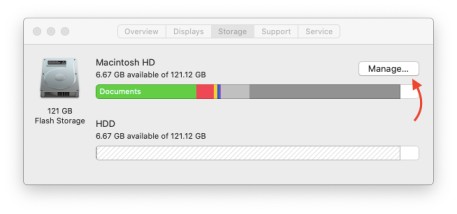

When we solve a support ticket, clients are given the choice of leaving good or bad feedback along with an optional comment. Generally speaking, the bulk of data on a computer is going to be within the User folders located at /Users Likewise /Applications and ~/Downloads are common sources of data. The ~/Library folder for a given user is often quite large due to the email cache. You can also use something like: du -h -d1 to only look at the current level, or -d3 to go 3 levels down instead. You can use “cd” to navigate to a different starting point, for example you might only be interested in what’s taking up all the space in your own ~/Documents folder. You will now see a list of every folder from the top of the disk and down 2 folder levels, with the size of each folder denoted in K,M,G or T (for kilobytes, megabytes, gigabytes or terabytes).Įach folder will also show its total size calculated at the bottom of each section of results. This command runs a du (disk usage) command with -h (human readable output) and goes down -d2 (two folder levels down). Type the following followed by return: du -h -d2.Your Terminal is now at the top level of the hard disk.

You can use Terminal as a quick way to find out what specifically is taking up disk space on your hard disk (other solutions such as DaisyDisk are available but require you to download, install and sometimes purchase).


 0 kommentar(er)
0 kommentar(er)
